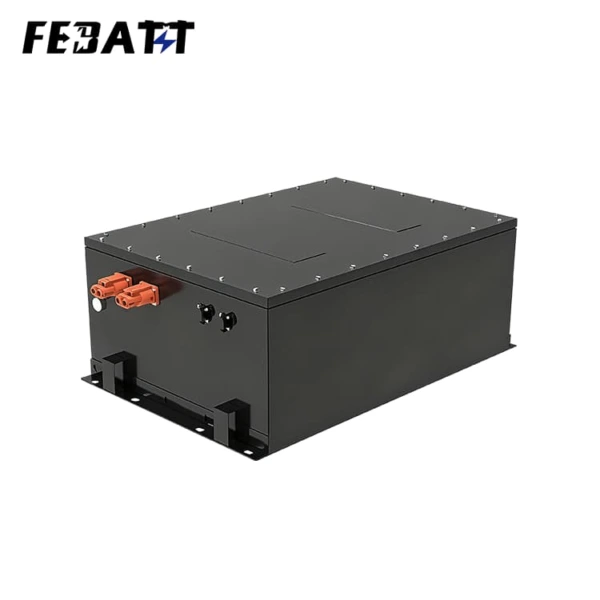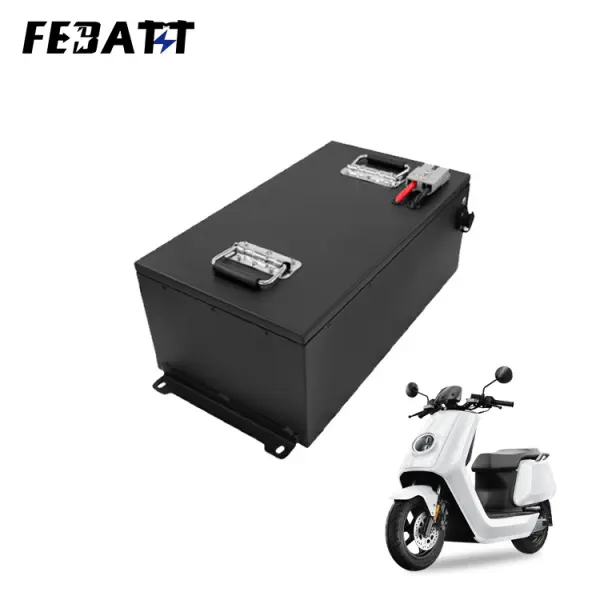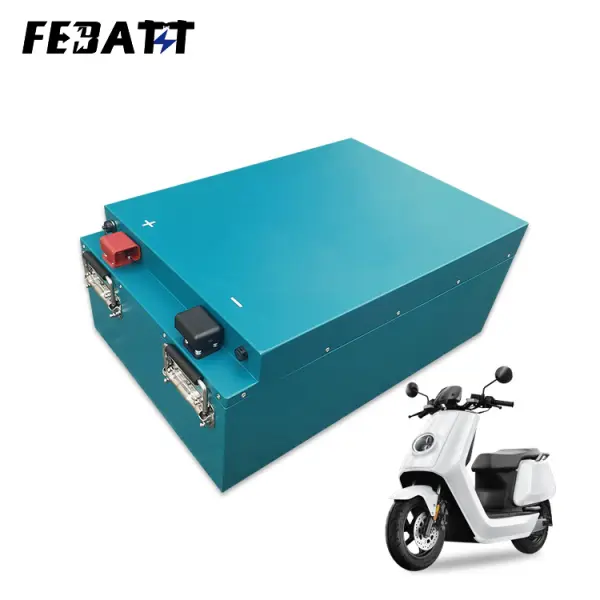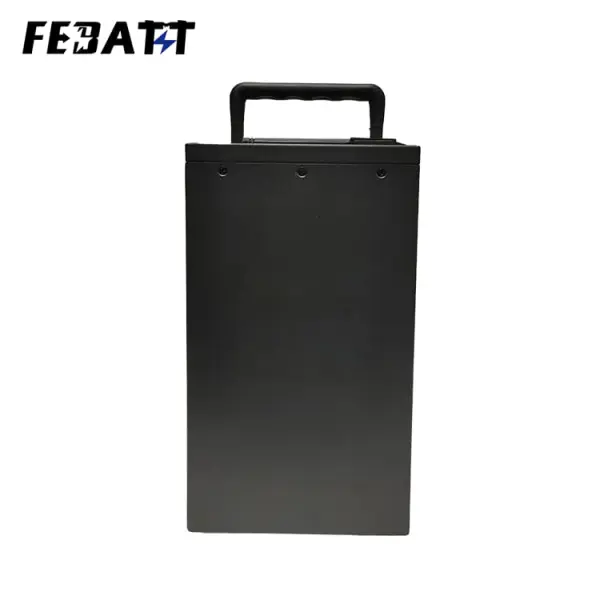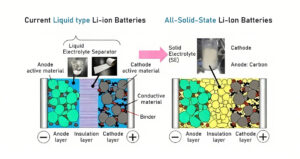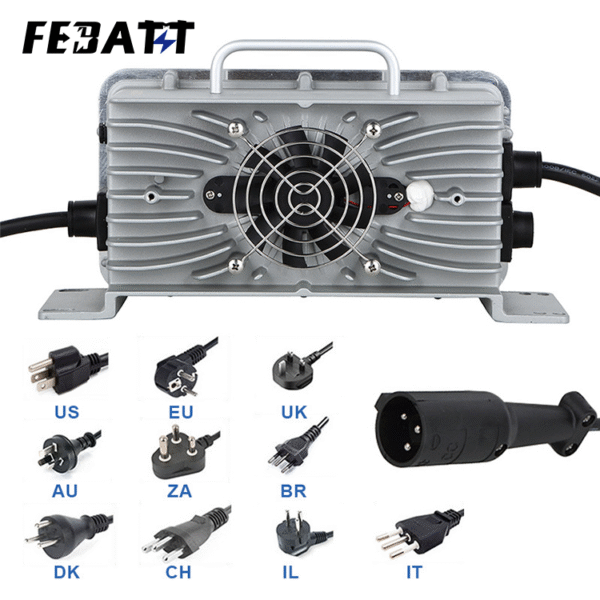The performance and user experience of an electric motorcycle are largely determined by its battery—it not only dictates how far you can ride on a single charge but also affects the vehicle’s service life, maintenance costs, and even handling flexibility. Among the 48V voltage class, the 48V Lithium Battery and 48V lead-acid battery are the two most common options, yet they differ significantly in technical characteristics and applicable scenarios. Many users are misled by single indicators like “price” or “range” when purchasing, overlooking hidden costs (such as frequent replacements for lead-acid models) and compatibility issues of the 48V Lithium Battery or lead-acid alternatives in long-term use. This article will compare these two battery types from multiple dimensions—including technical principles, practical scenarios, and maintenance—helping you avoid selection pitfalls and find the most suitable solution, whether you prioritize the longevity of a 48V Lithium Battery or the initial affordability of a lead-acid option.
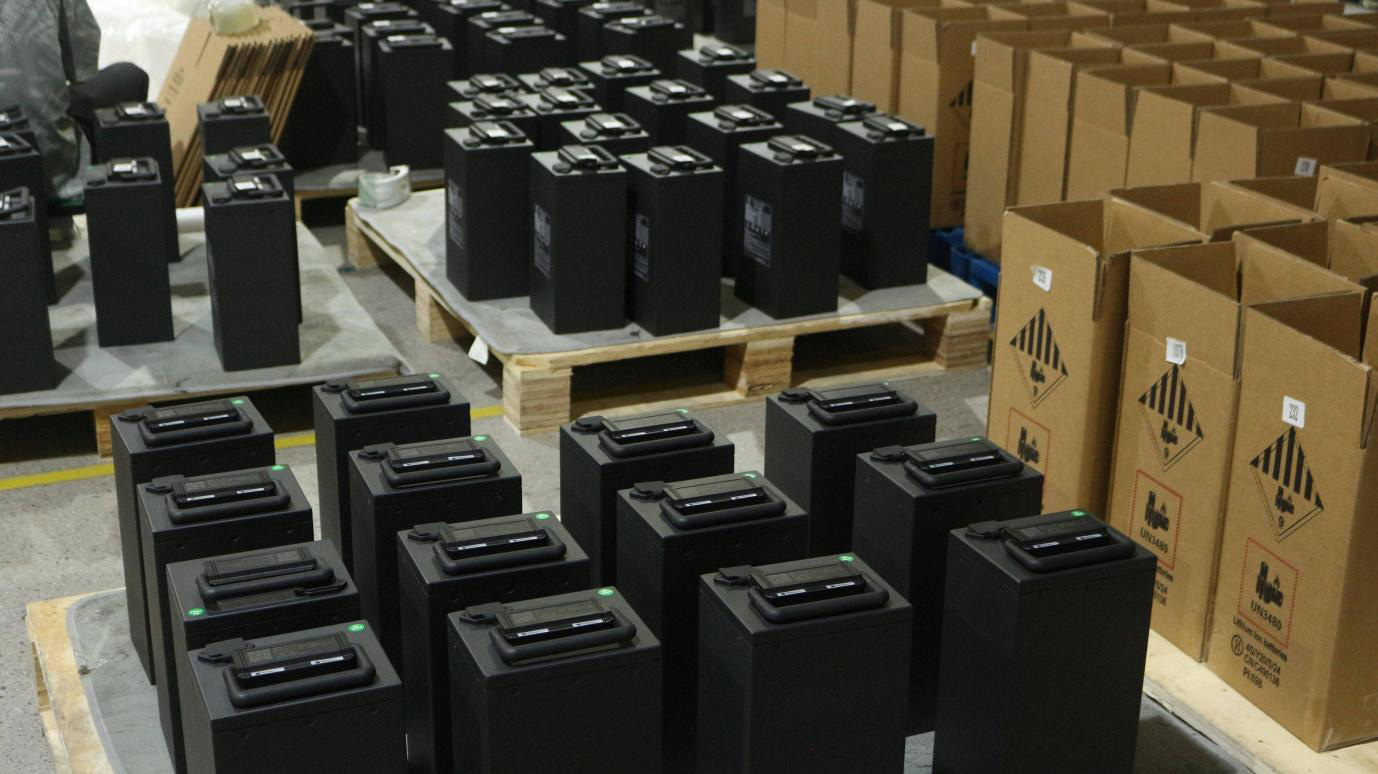
I. In-Depth Comparison of Core Parameters: Beyond Data, Understanding Practical Impacts
To distinguish between the two battery types, we first analyze their key technical indicators. The table below is based on measured data from mainstream industrial products, simplifying core impacts to help you grasp key points quickly:
| Comparison Dimension | 48V Lithium Battery | 48V Lead-Acid Battery | Practical Impact on Users |
| Energy Density | 150-200 Wh/kg | 30-50 Wh/kg | Lithium batteries are lightweight (4-8kg) for easy carrying and enhance vehicle acceleration/climbing performance; lead-acid batteries are heavy (15-20kg), cumbersome to handle, and increase vehicle load |
| Cycle Life | 500-1000 cycles (until capacity drops below 80%) | 300-500 cycles (until capacity drops below 80%) | Lithium batteries last 1.5-3 years with lower 3-year total cost; lead-acid batteries need replacement every 1-1.5 years, potentially higher long-term costs |
| Charging Efficiency | Fully charged in 2-4 hours (supports fast charging) | Fully charged in 8-12 hours (no fast charging) | Lithium batteries’ fast charging suits office workers (quick top-up even if forgotten); lead-acid batteries’ slow charging may disrupt next-day travel if forgotten |
| Maintenance Requirement | Maintenance-free (no leakage, no water refilling) | Regular maintenance (water refilling every 3-6 months to prevent leakage) | Lithium batteries are hassle-free with no risk of power depletion during idleness; lead-acid batteries require maintenance, and leakage may corrode the vehicle body and circuits |
| Low-Temperature Performance | ~20% capacity loss at -10°C (some with low-temperature protection) | ~40% capacity loss at -10°C | Lithium batteries maintain stable range (70%-80%) in northern winters; lead-acid batteries lose over half their capacity and may have startup issues |
| Safety | Equipped with BMS protection (prevents overcharging/overdischarging/short circuits); choose compliant products | No explosion risk, but may leak and corrode | Lithium batteries are safer with reputable brands; lead-acid batteries require leakage prevention to avoid frame rust |
| Environmental Friendliness | Contains metals like cobalt and lithium; requires professional recycling | Contains lead and sulfuric acid; prone to soil/water pollution | Both require professional recycling; lead-acid batteries cause greater environmental harm if discarded casually |
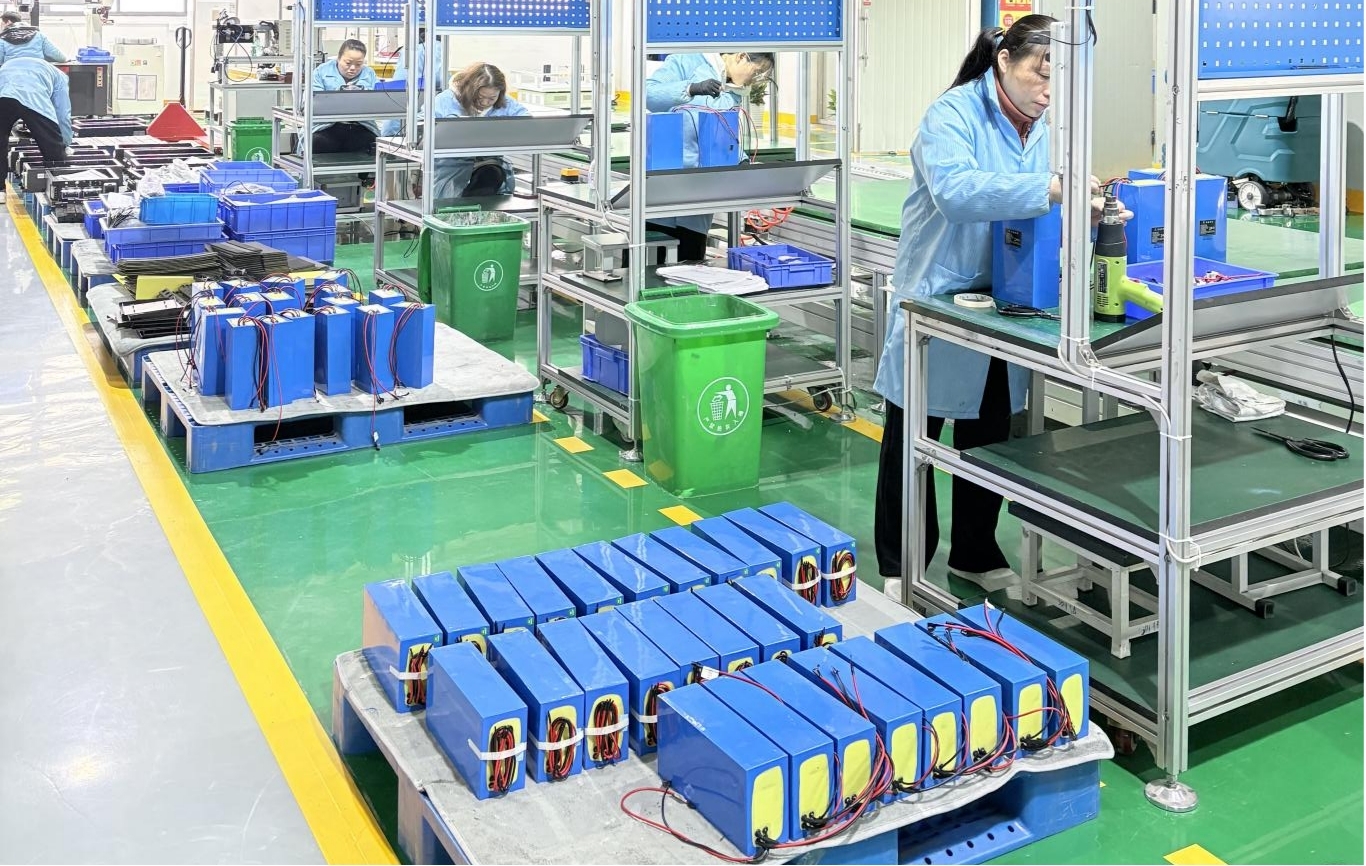
II. Brief Explanation of Technical Principles: Why the Significant Differences?
Many users wonder: Why do two 48V batteries differ so much in performance? The answer lies in their core technical principles. Understanding these differences helps you make a more informed decision on “whether the premium for lithium batteries is worthwhile.”
1.Lithium Batteries: Efficient Charging/Discharging via “Ion Migration”
The core of a lithium battery is the “lithium-ion battery,” where lithium ions migrate between cathode materials (e.g., ternary lithium, lithium iron phosphate) and anode materials (graphite) in the electrolyte to store and release electrical energy. This structure offers three key advantages:
•It stores more energy per unit weight (high energy density), resulting in a smaller size and lighter weight;
•The chemical reaction during charging/discharging is more stable, enabling more cycles (no rapid “capacity loss with each charge”);
•When paired with a Battery Management System (BMS), it monitors the voltage and temperature of each cell in real time, preventing overcharging, overdischarging, or short circuits—this is why reputable lithium batteries are safer than low-quality alternatives.
2.Lead-Acid Batteries: Limitations of Traditional “Chemical Reactions”
Lead-acid batteries rely on the chemical reaction between lead and sulfuric acid: the cathode is lead dioxide, the anode is lead, and the electrolyte is dilute sulfuric acid. While this technology is mature, it has inherent shortcomings:
•Lead has a high density (11.34g/cm³), making the battery heavy and limiting energy density improvement;
•The electrolyte evaporates gradually during charging/discharging, requiring regular distilled water refills (maintenance-free lead-acid batteries only have better sealing and still experience slow wear);
•In low temperatures, the fluidity of the sulfuric acid electrolyte decreases, slowing the chemical reaction and causing a sharp drop in capacity—this is the main reason lead-acid batteries “lose charge quickly” in winter.
III. Scenario-Based Selection: Who Should Choose Lithium Batteries, and Who Suits Lead-Acid Batteries?
Parameters and principles ultimately need to align with real-world use. Below are targeted recommendations based on different users’ riding habits and environmental needs:
(A) 3 User Groups for Prioritizing 48V Lithium Batteries
1.Frequent Commuters & Cross-District Riders
If you ride over 20km daily (e.g., commuting from the suburbs to the city) or take 1-2 long trips weekly (e.g., weekend outings), lithium batteries’ long range and fast charging will maximize convenience. For example: A user with a 25km daily commute can ride 55km on a single charge with a lithium battery, needing only 2 charges weekly; with a lead-acid battery, the range drops to 40km, requiring 3 charges weekly. Additionally, if you work overtime and forget to charge, a lithium battery avoids disrupting next-day travel. Moreover, the lightweight of lithium batteries improves vehicle handling—making turns and lane changes more flexible in traffic, enhancing safety.
2.Users Without Fixed Garages & Needing Indoor Charging
Many residents in old communities lack dedicated garages and must remove the battery to charge indoors. Here, lithium batteries’ “lightweight advantage” is critical: A 4-8kg lithium battery can be easily carried even up 5 flights of stairs (without an elevator); a 15-20kg lead-acid battery is not only laborious to carry but also risks bumps and safety hazards on stairs. Meanwhile, lithium batteries’ maintenance-free nature suits indoor use—no need to worry about leakage staining floors or frequent checks during idleness.
3.Users in Low-Temperature Areas & Long-Term Users
For users in cold northern winters or those planning to use their electric motorcycle for over 3 years, lithium batteries are more reliable. On one hand, lithium batteries with low-temperature protection maintain over 70% of their range at -10°C, avoiding the “embarrassment of pushing the vehicle” in winter. On the other hand, their long cycle life reduces replacement frequency—no need to worry about capacity degradation within 3 years, while lead-acid batteries may need replacement twice, adding hassle and costs.
(B) 2 User Groups for Considering 48V Lead-Acid Batteries
1.Short-Distance Riders & Budget-Conscious Users
If your use is limited to “grocery shopping or picking up kids” (less than 10km daily) and your budget is under 600 yuan, lead-acid batteries offer better initial cost-effectiveness. For example: A user riding 8km daily can meet weekly needs with 1 charge (40km range) and no maintenance for 1 year. Even with capacity degradation after 1 year, it still suffices for short trips, and replacement costs only around 300 yuan—ideal for users less sensitive to “long-term costs.”
2.Users with Older Models & Compatibility Needs
Some electric motorcycles produced before 2018 have battery compartments designed only for lead-acid battery sizes (approximately 260×170×120mm). Lithium batteries, being half the size of lead-acid batteries (for the same capacity), require additional brackets or foam filling if installed, risking looseness. In this case, lead-acid batteries avoid modification troubles and can be directly replaced. Additionally, lead-acid batteries have more repair outlets (most repair shops stock them), ensuring quick replacement if faults occur.
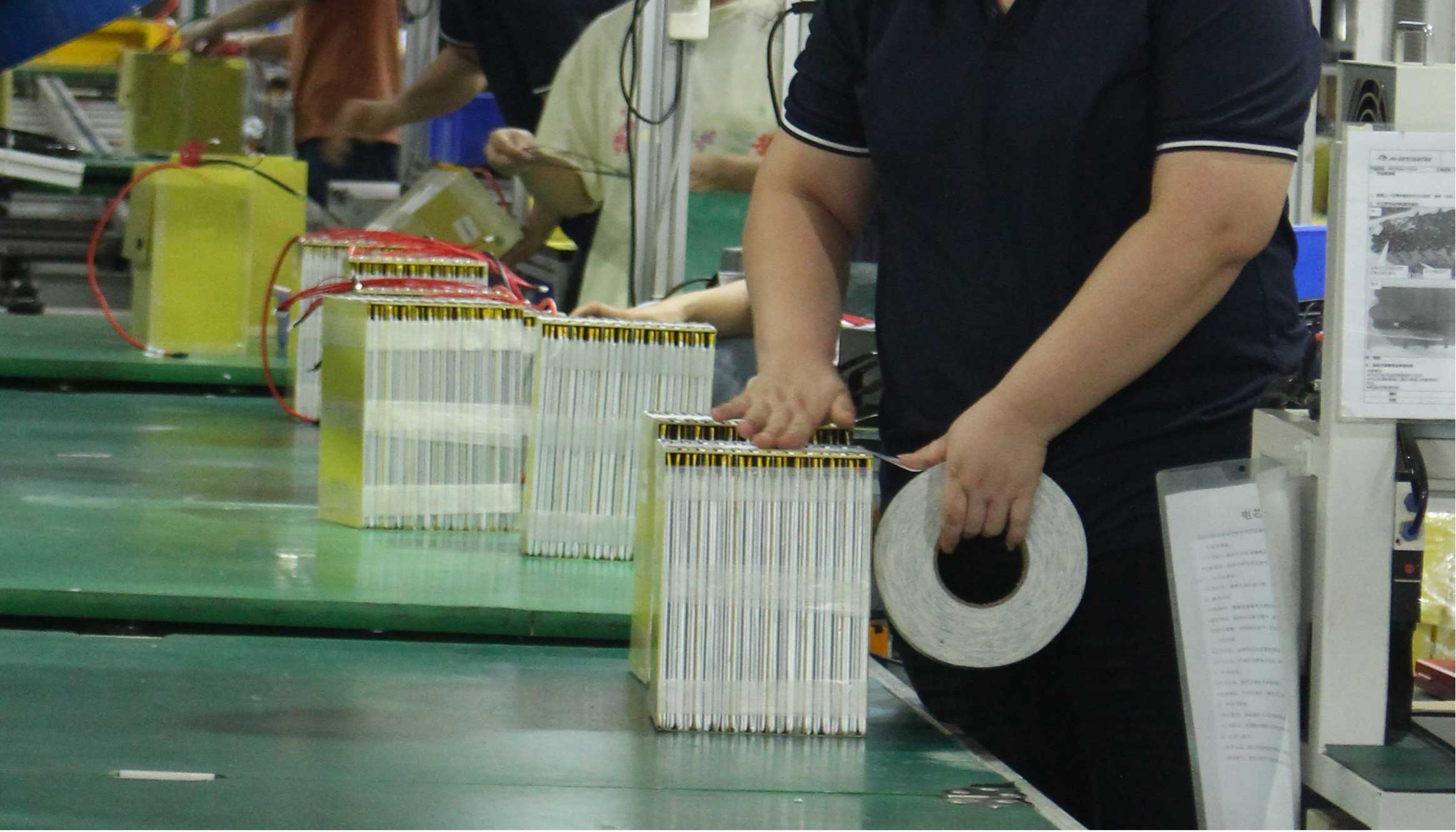
IV. Battery Usage & Maintenance Tips: Key to Extending Service Life
Scientific use and maintenance significantly extend battery life, reducing future troubles. Below are exclusive tips for each battery type:
1.Maintenance Tips for 48V Lithium Batteries
•Avoid overcharging and deep discharging: Unplug the charger immediately after full charge (prolonged charging accelerates aging even with BMS protection); recharge when capacity drops below 20%—never wait until it’s completely dead (deep discharging damages internal structures).
•Control charging temperature: Avoid charging in high temperatures (over 40°C, e.g., direct sunlight on balconies) or low temperatures (below 0°C, e.g., outdoors). The optimal temperature range is 10°C-30°C to reduce charging losses.
•Long-term idleness precautions: If not used for over 1 month, store the battery at 50%-70% capacity and recharge every 3 months to prevent irreversible capacity loss.
2.Maintenance Tips for 48V Lead-Acid Batteries
•Regular electrolyte checks: For non-maintenance-free lead-acid batteries, check the electrolyte level every 3-6 months; add distilled water if it’s below the “minimum level” (never use tap water or sulfuric acid, as this corrodes the battery). For maintenance-free lead-acid batteries, avoid severe impacts (which may cause electrolyte leakage).
•Avoid deep discharging: Lead-acid batteries have obvious “memory effect”—never let the capacity drop below 10% (this shortens cycle life). Recharge when remaining capacity is 30%.
•Keep the battery clean: Wipe the battery surface and terminals regularly with a dry cloth to prevent poor contact from dust or oil buildup. If green rust appears on terminals, apply a small amount of petroleum jelly to prevent rust.
V. How to Quickly Choose the Right Battery for You?
Finally, here’s a simple “4-Question Test” to quickly determine your ideal battery:
1.How far do you ride daily? Over 20km → lithium battery; under 10km → consider lead-acid battery
2.Do you need to remove the battery for charging? Yes (no garage) → lithium battery; no (fixed charging point) → flexible choice.
3.Is your usage environment cold? Winter temperatures below -5°C → lithium battery with low-temperature protection; warm areas → flexible choice.
4.How long do you plan to use it? Over 2 years → lithium battery; under 1 year → consider lead-acid battery.
The battery is the “core asset” of an electric motorcycle. When choosing, don’t blindly pursue “the most expensive” or “the cheapest”—instead, balance “initial cost” and “long-term experience” based on your actual needs. We hope this guide helps you avoid selection pitfalls and makes your electric motorcycle a more reliable, hassle-free travel companion.
